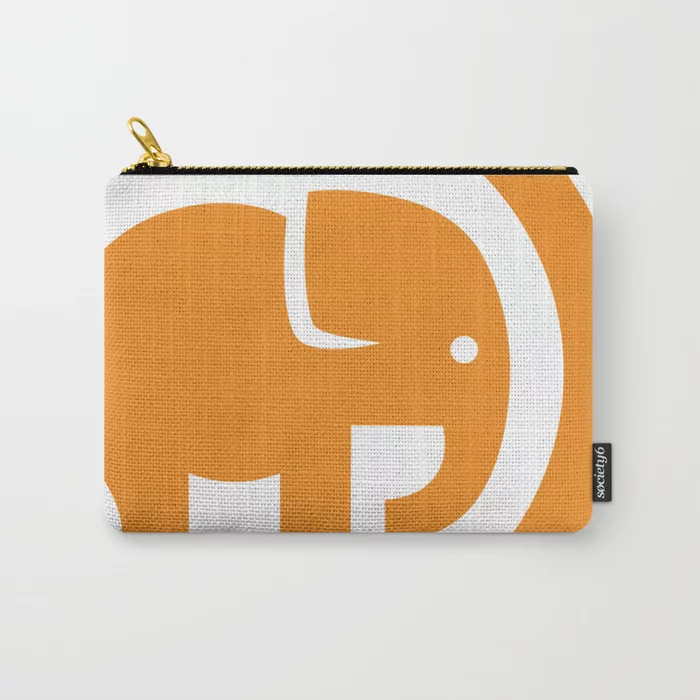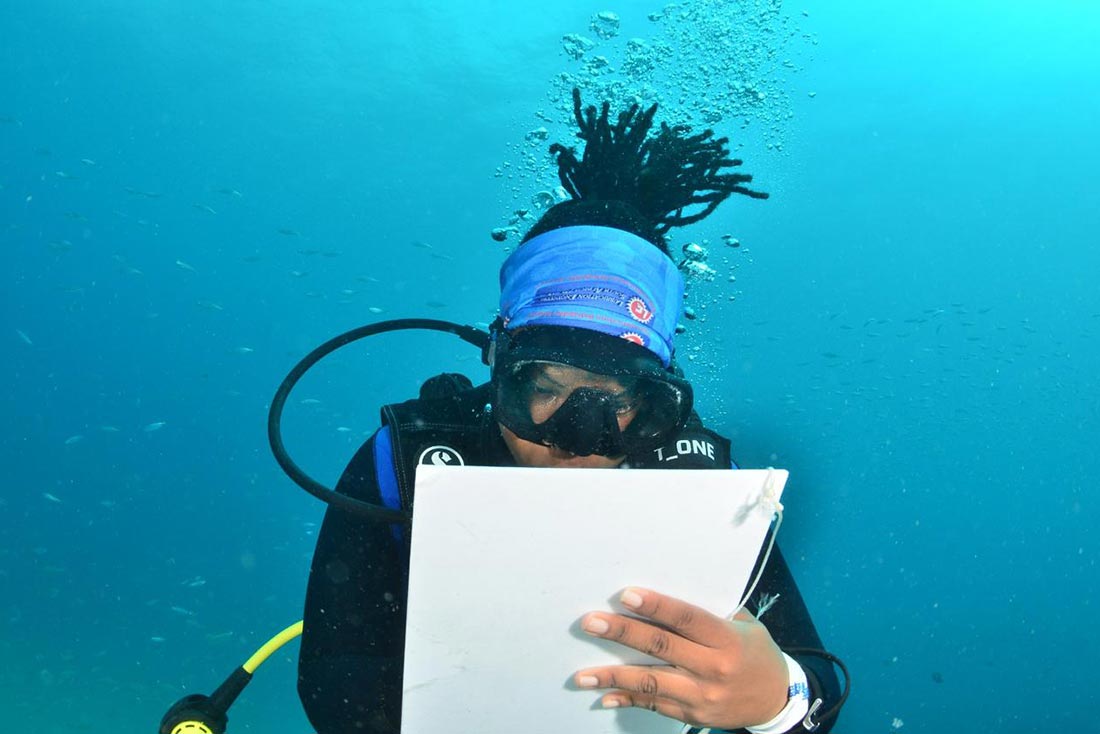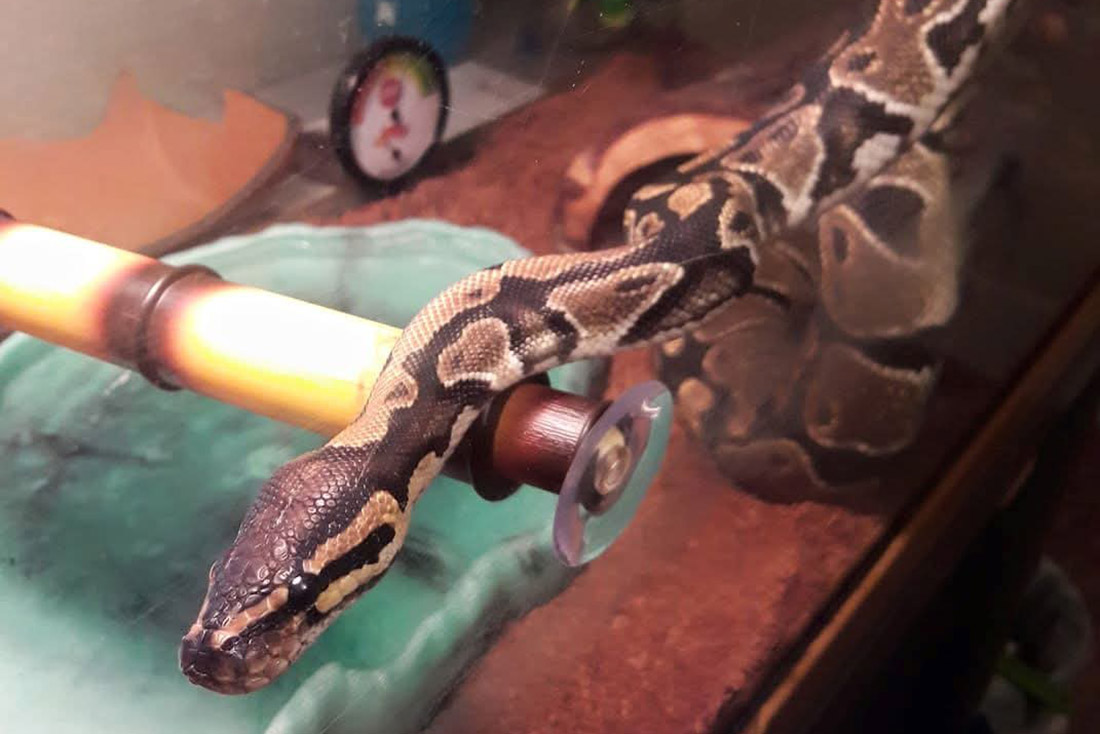The dedicated folks at the Red Siskin Initiative are unflappable.
With Conservation Nation’s support, the initiative has focused its energies on commencing daily conservation activities at the brand-new Red Siskin Conservation Center in Venezuela. Coordinator Miguel Angel Arvelo helped agronomist Luis Arrieta train local farmers on shade-friendly growing techniques to benefit the species, and prepared for visits from certification experts; while RSCC Curator Leo Ovalle even dug trenches to keep future red siskins at the RSCC safe from predators.
Leo, a fellow conservationist as well as veterinarian, says the siskin is a distinctive songbird, known for its range of melodies and an intense energy that matches its bright coloration.
“In particular with the Red Siskin, I began to know it and to observe its presence in the Lara state culture, approximately 20 years ago when I moved to live in that region,” Leo says. “However, I noticed with concern that despite this value that is granted in the region, very little effort was made to help preserve it.”
And the need to protect this species is great. The Red Siskin’s population plummeted a century ago because of a lucrative European pet trade, with some estimating at one time fewer than 200 birds remaining in their natural habitat. Progress is being made, however, thanks in large part to the Red Siskin Initiative.
But conservation efforts don’t exist in a vacuum. As Venezuela experiences political upheaval and many face economic hardship, RSI and Smithsonian scientists have discovered that the illegal trade threatening this bird continues. However, now more than ever for this country in turmoil, the Red Siskin can be a beacon for unity and identity—the bird is featured on currency and in traditional folk songs.
Fortunately, efforts to preserve the siskin by Miguel and his fellow conservationists have produced economic benefits for farmers, who are shifting toward sustainable coffee farming to encourage their national symbol to flourish in the wild. One such farmer is Luis, a field agronomist for the project.
Luis stresses the importance of using your power as a consumer to support farmers like himself, trying to both make a living and protect this endangered bird crucial to his regions’ cultural identity.
“Today I know that by cultivating the forest,” Luis says, “I can help them and feel satisfied that I’m contributing to conservation.”









